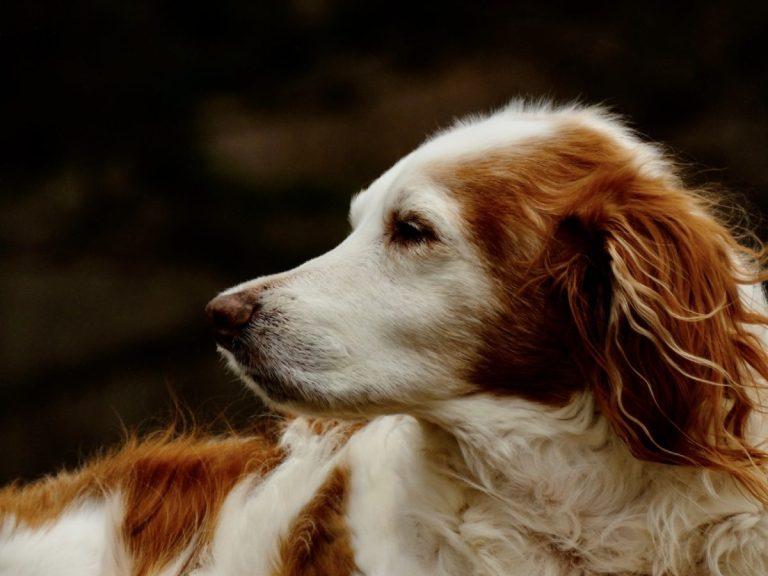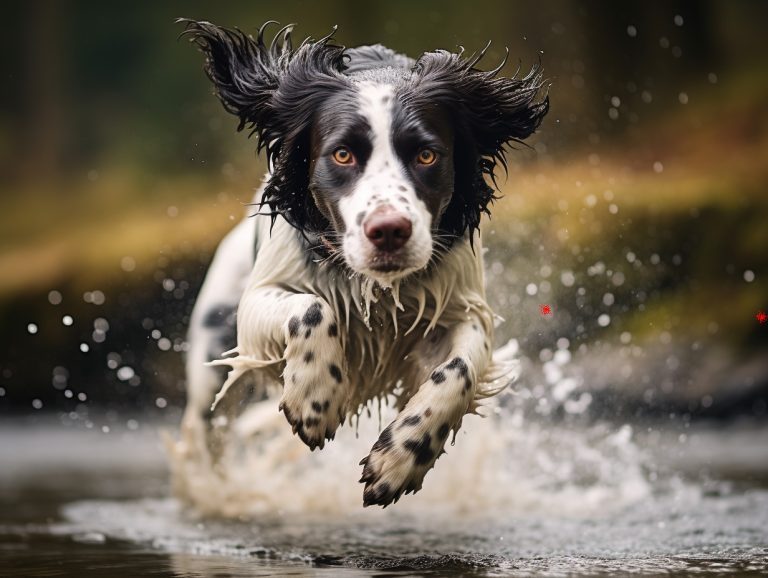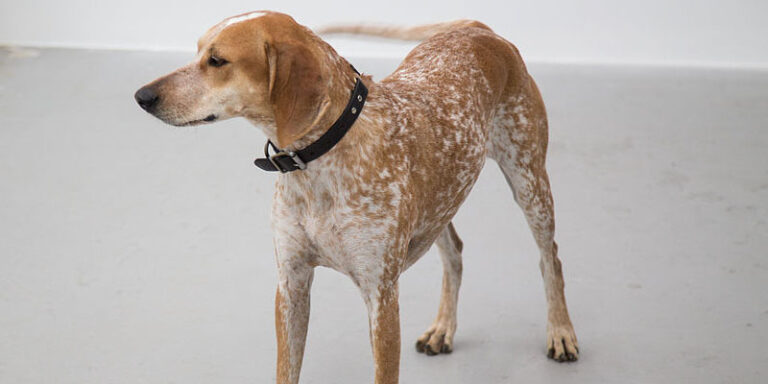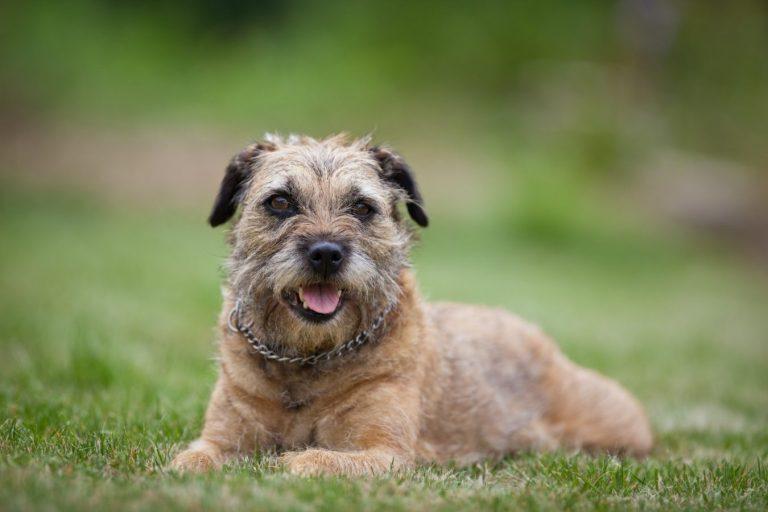Brussels Griffons: Confident and Spunky
Brussels Griffon A Toy Group Dog
The Brussels Griffon is a lively, strong little dog. Their name comes from its place, Brussels, Belgium. Adults typically weigh between six and twelve pounds. Coachmen kept small terrier breeds as ratters in the stables during the early 1800s; these dogs were known as Griffons d’Ecurie (wire-coated stable dogs) in Belgium and were similar to Affenpinschers.
A spunky and outgoing member of the Toy Group, the Brussels Griffon, is bold and mischievous. These dogs live a life full of confidence, and unlike many toy breeds, they tend to make friends with new dogs quickly. Known as escape artists, the Brussels Griffon has a climbing habit. You and your family will enjoy owning one of these dogs if you want a small, entertaining dog that makes a loud and vocally menacing watchdog.
History Of The Brussels Griffon
The history of the Griffon dates back to the 1800s, with Belgium being the area of origin. The original function of these anxious little dogs was as companions and small rodent hunting. Today they still enjoy being the center of attention as companions to loving families worldwide.
Researchers claim that the breed’s bloodline probably came from the Belgian street dog (the Griffon d’ Ecurie) and the Affenpinscher. These dogs were a favorite among cab drivers in Brussels because they were great at attracting new visitors and warding off potential thieves.
During the latter part of the 1800s, these dogs were bred with one of Holland’s favorite small breeds – the Pug. You can easily see Pug characteristics in today’s Griffon from the shape of its head. Around the same time, Belgian dogs were crossed with King Charles (black and tan) and Ruby variants of the English Toy Spaniel.
The breed was shown at Belgian dog shows by 1880. Around the turn of the 1900s, the dog’s popularity skyrocketed in Belgium, and the nobility noticed. World War I caused a significant decline in numbers, but the Griffon slowly rose back to new heights in popularity worldwide after the war.
Appearance
The Griffon has two different coat types: smooth coat and wiry/rough coat. The color of their fur can range from red to black and tan to black and reddish. While the wiry/rough coat Griffon requires weekly grooming, the short hair Griffon requires little maintenance.
Breeders frequently crop the ears and dock the tails on puppies for sale. Even though this practice is becoming frowned upon in the United States and is outlawed in most of Europe, some countries still permit it.
Personality
The Griffon displays a visible air of self-importance (don’t we all). Griffons should not be timid or aggressive; rather, they should be socialized carefully from an early age due to their high level of emotional sensitivity. Griffons should also be aware of their surroundings, curious, and interested in them.
Griffons are excellent with children as long as they are not teased. However, they tend to bond with one human more than others. They enjoy playing but are not very patient. Griffons typically get along well with cats, ferrets, and other dogs and pets in the home. However, because they are oblivious to their relative size, they may try to subjugate canines that are considerably bigger than they are.
Taking Care of the Brussels Griffon
Owning and caring for a Brussels Griffon means enjoying a clownish, outgoing, and energetic toy dog. They can be stubborn and very active, so daily exercise and stimulation are necessary. Due to the dog’s small size, they can get plenty of exercise by running around the house.
This breed cannot live outside, but it will have the time of its life if given a chance to play in a fenced-in yard. Grooming requirements for the Brussels Griffon consist of an occasional brushing, perhaps only once per week, to remove dead hair.
Brussels Griffon Health Concerns
Like people, every breed of dog has both genetically based health benefits and inherent health risks. A few health concerns are especially prevalent in the Brussels Griffon breed, but several typical health issues also affect many other dog breeds.
Health screenings allow breeders to check breeding stock for some of these issues. With today’s innovative scientific DNA testing technology, they can utilize research that identifies abnormal genes through testing. These screenings will help the eradication of genetically transmitted diseases.
One of the healthiest breeds of the Toy Group, no major health concerns should arise. Some dogs have had patellar luxation, weak bladder, CHD, PRA, cataracts, and distichiasis.
Veterinarians suggest that Brussels Griffon dogs get tested for potential eye and hip problems. The average life span of the breed is between twelve and fifteen.
Want to Get a Griffon?
Find one of the best friends you can ever have! You can get a Brussels Griffon from reliable breeders. Examine every possible reason for getting a Brussels Griffon to see if it fits your way of life. Finding a Brussels Griffon from a dedicated breeder will be worth the time and effort.
Breeders often raise puppies from a litter to determine whether ones fulfill the requirements of their breeding program. This period might last from three months to eighteen months. This period is crucial for the breeder to choose which puppies to maintain for the future or which to place in the ideal home.
The Amerian Brussel Griffon Association maintains a directory of breeders who meet their standards.
The American Brussels Griffon Association (ABGA) is the AKC parent club responsible for setting the breed standards.






